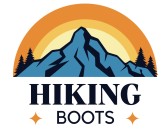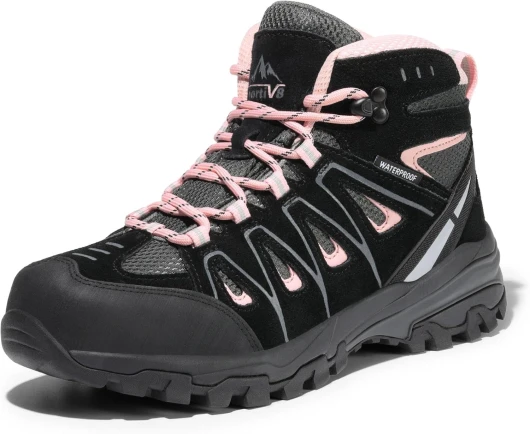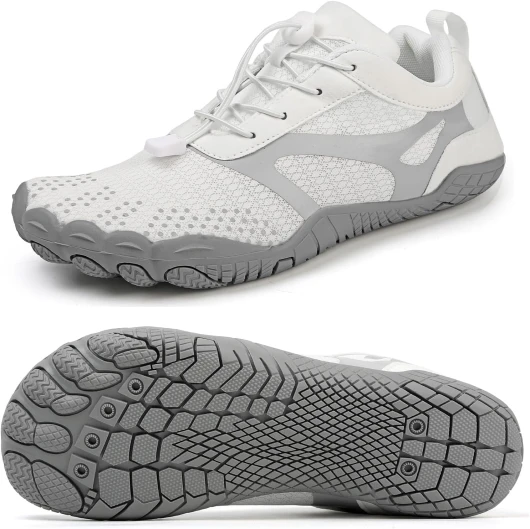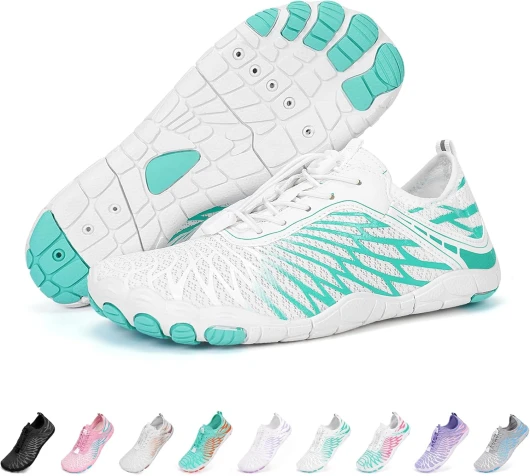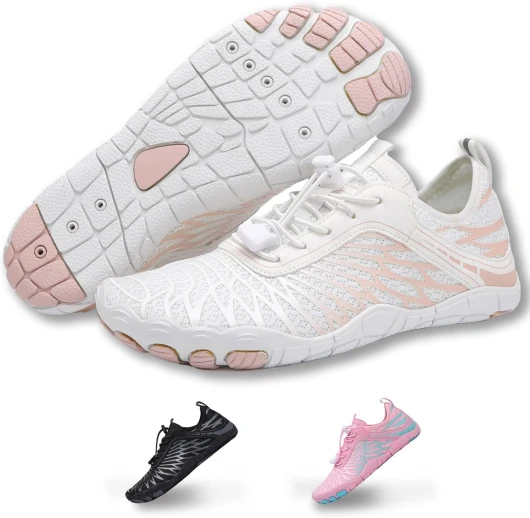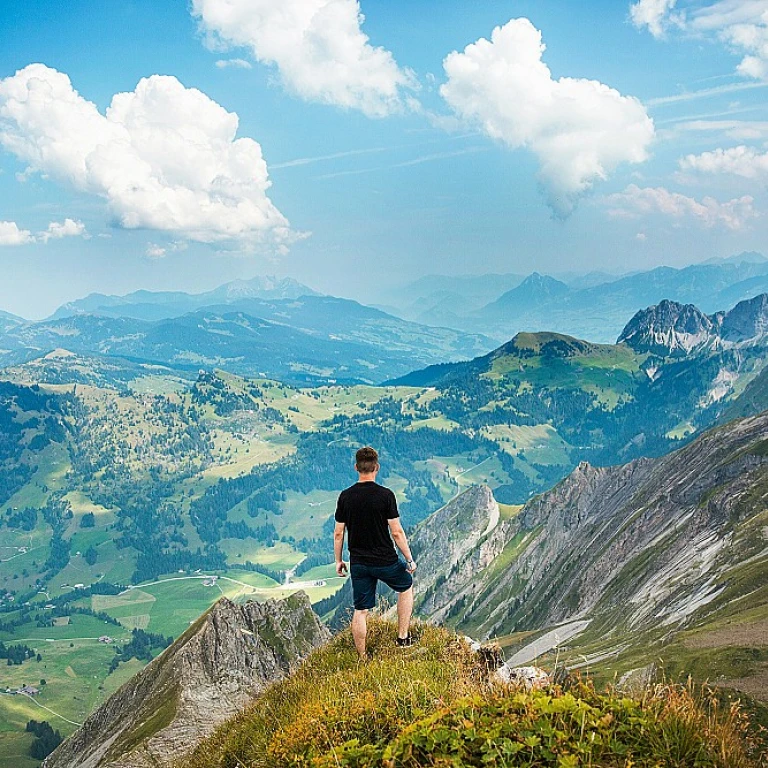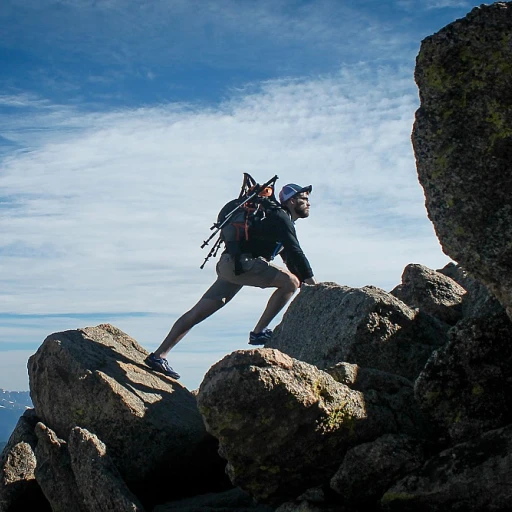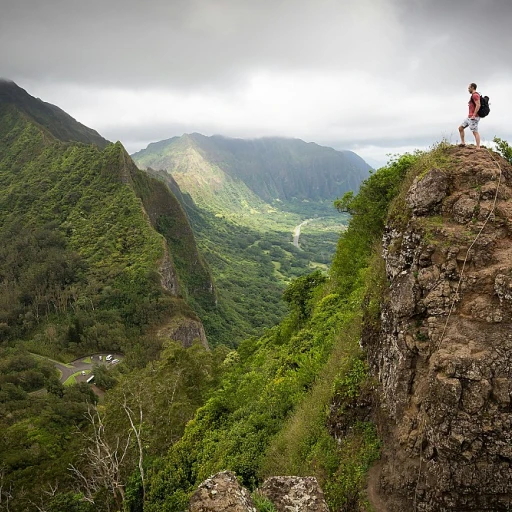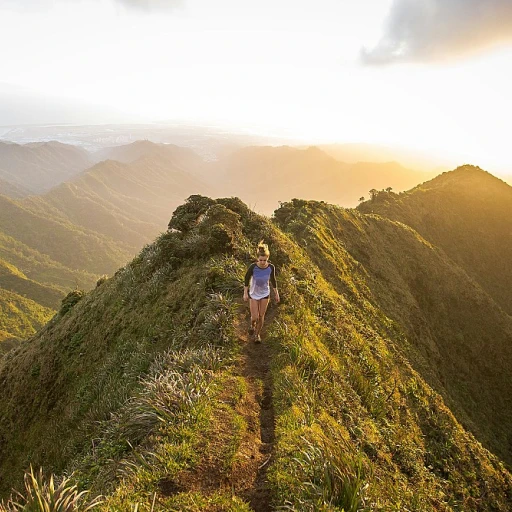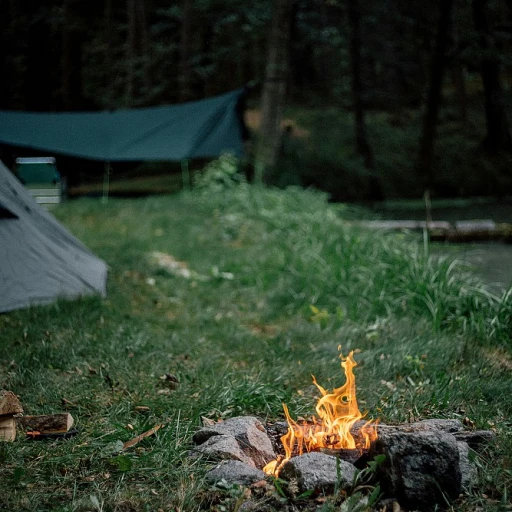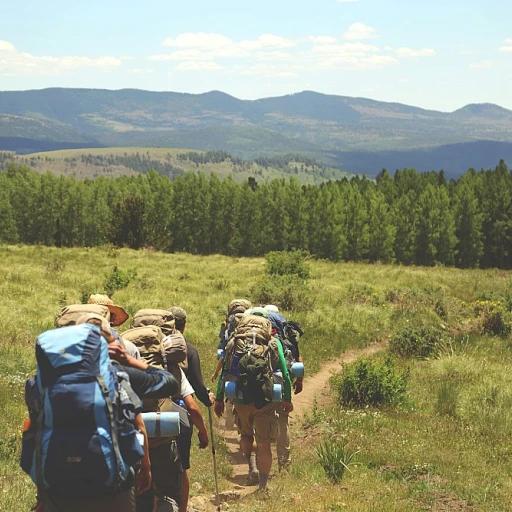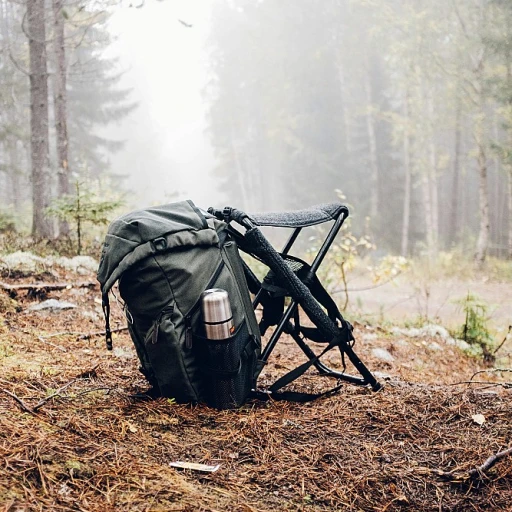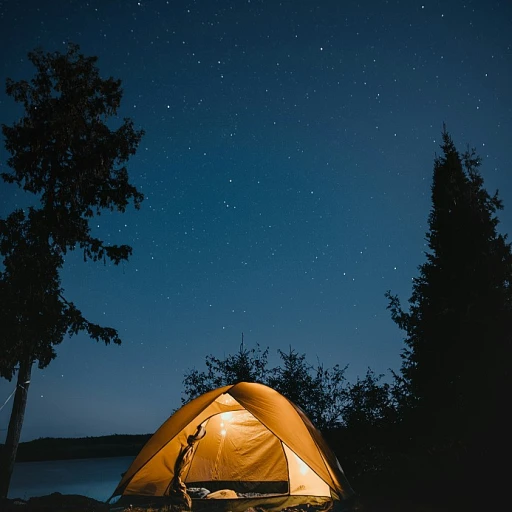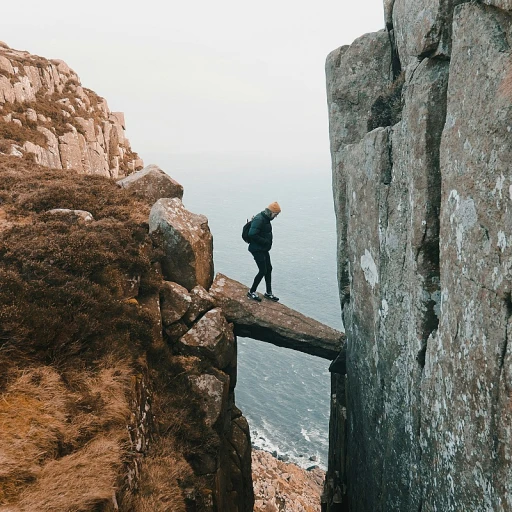
Understanding Barefoot Boots
Introduction to Barefoot Hiking Footwear
Barefoot hiking boots have surged in popularity among outdoor enthusiasts, particularly women seeking a more natural connection with the trail. Unlike traditional hiking boots, barefoot designs aim to mimic the feeling of walking barefoot while providing necessary protection. While standard hiking boots offer substantial cushioning and rigid support, barefoot boots prioritize a thin sole, or stack height, allowing for heightened sensory feedback from the terrain. This barefoot design encourages a more natural gait, promoting foot strength and mobility. The toe box is often wider, accommodating natural toe splay, which can be beneficial for those with wider feet or particular foot concerns. The minimalist structure of barefoot boots is constructed to enhance a tactile experience during hikes. However, it's crucial to acknowledge the importance of materials in these boots. High quality materials like leather or advanced synthetics increase durability and offer water resistance, making them suitable even for winter conditions. When considering barefoot hiking boots, like those in black stock or dark brown options, factors such as fit, toe box width, and cls fill become essential criteria. Brands producing some of the best barefoot shoes often provide various sizes to ensure the right fit, crucial for avoiding discomfort in extended hikes. For those exploring the transition from conventional hiking shoes to barefoot options, understanding the importance of boot soles is vital. Balancing protection with freedom of movement can transform the outdoor experience, enticing more to embrace the barefoot approach. Looking ahead, we will delve into specific benefits these boots offer adventurous spirits, the key features to prioritize, challenges one might face during the transition, and some top-rated barefoot boots available in the market today.Benefits for Outdoor Enthusiasts
Why Barefoot Boots Are a Game Changer
For outdoor enthusiasts, the allure of barefoot boots lies in their ability to offer a more natural walking experience. Unlike traditional hiking boots, barefoot shoes are designed to mimic the feeling of walking without shoes, providing a closer connection to the terrain. This can enhance your hiking experience by promoting better posture and balance, which is crucial when navigating challenging trails.
Enhanced Sensory Feedback
One of the standout benefits of barefoot boots is the enhanced sensory feedback they provide. With a lower stack height and a wide toe box, these boots allow your feet to move more freely, improving proprioception. This means you can feel the ground beneath you, helping you react more quickly to changes in the terrain. For women who enjoy hiking, this can translate to a more intuitive and responsive hiking experience.
Improved Foot Health
Many hikers report that wearing barefoot shoes can lead to improved foot health over time. The natural fit and flexibility of barefoot boots encourage the muscles in your feet to strengthen, potentially reducing the risk of injuries. Additionally, the wide toe box allows your toes to splay naturally, which can prevent common foot issues like bunions and blisters.
Versatility Across Seasons
Barefoot boots are not just for summer hikes. Many models, including those in black and dark brown stock, are designed to be water resistant and suitable for winter conditions. High-quality materials like leather and innovative designs from brands like Lems and Xero Shoes ensure that your feet stay dry and comfortable, regardless of the weather.
For those looking to explore the benefits of barefoot boots further, consider choosing the right boots for hot weather hiking to ensure comfort and performance in all conditions.
Features to Look for in Barefoot Boots
Essential Features of Barefoot Hiking Boots
When diving into the world of barefoot hiking, it's pivotal to understand the key features that set barefoot boots apart from traditional hiking footwear. These attributes not only enhance your outdoor experience but also ensure safety and comfort.
One of the most distinguishing features of barefoot boots is their wide toe boxes, which allow your toes to splay naturally. This is crucial for maintaining balance and stability, especially on uneven terrain. Additionally, the barefoot boot design typically includes a zero drop or low stack height, promoting a natural gait and posture akin to walking barefoot.
Material selection is equally significant. High-quality leather or synthetics are preferred for their water-resistant properties, ensuring your feet remain dry in wet conditions. For winter excursions, consider winter boots that offer extra insulation without compromising flexibility. Some brands like Lems or Xero Shoes may offer styles that fit the bill with a balance of durability and minimalism.
A proper fit is indispensable. Barefoot shoes come in various sizes and must accommodate different foot shapes, catering to those who need a wide fit. It is advisable to pay close attention to the sizing charts offered by manufacturers like Lems or Enthice Neo, particularly when buying online. The wrong size can lead to discomfort or even injury on your hiking adventures.
Beyond aesthetics, color options like black or dark brown stock are available to match your outdoor gear. Nevertheless, while the style is important, always prioritize function over fashion to ensure optimal performance on the trails.
Challenges and Considerations
Overcoming the Hurdles of Barefoot Hiking
Transitioning to barefoot hiking boots can be an exciting journey, but it does come with its own set of challenges. For outdoor enthusiasts and experienced hikers, understanding these hurdles is crucial to making an informed decision.
One of the primary considerations is the adaptation period. Unlike traditional hiking boots, barefoot shoes have a minimal stack height and a wide toe box, which can initially feel unusual for those accustomed to more structured footwear. This transition requires patience as your feet adjust to the new dynamics.
Another challenge is the durability and protection offered by barefoot boots. While they provide a more natural feel, they may not offer the same level of protection against sharp rocks or harsh winter conditions as conventional boots. It's essential to assess the terrain and weather conditions you'll be facing. For instance, in winter, opting for water-resistant barefoot boots can help maintain comfort and warmth.
Finding the right fit and size is also crucial. Barefoot shoes come in various sizes and styles, from black stock to dark brown leather options. Ensuring a proper fit is vital to prevent discomfort and potential injuries. Brands like Lems and Xero Shoes offer a range of sizes and styles, including winter boots and chelsea boots, to cater to different preferences.
Lastly, the availability of high-quality options can be a concern. While the market for women barefoot boots is growing, stock availability can vary. It's advisable to explore different brands and keep an eye on new releases to find the best barefoot boot that suits your needs.
Despite these challenges, many hikers find the benefits of barefoot hiking boots, such as improved foot strength and a more natural walking experience, to be worth the initial hurdles. As you consider making the switch, remember to give your feet time to adapt and choose the best barefoot shoes that align with your hiking goals.
Top Picks for Women's Barefoot Boots
Prime Picks for Women's Barefoot Hiking Adventures
Deciding on the right barefoot boots can be a game changer for outdoor enthusiasts. Here is a curated list of standout options that cater to diverse needs and preferences for serious hikers.- Lems Boulder Boots: Embracing a minimalistic design, these boots are versatile for various terrains. With a broad toe box, they allow your toes to splay naturally, enhancing comfort and foot health. Crafted from high-quality, water-resistant materials, they are perfect for both casual activities and more rugged trails.
- Xero Shoes DayLite Hiker: Known for their exceptional ground feedback, these shoes are a lightweight, flexible choice for nature enthusiasts. They offer a wide fit, providing ample room for your feet, which is crucial for longer hikes. Plus, they are available in both dark brown and black stock.
- Entice Neo Barefoot Boot: Catering to colder climates, these boots feature enhanced insulation options, ensuring warmth during winter adventures without sacrificing barefoot benefits. Their high-quality leather construction ensures durability and a long-lasting investment.
Tips for Transitioning to Barefoot Hiking
Steps Towards Embracing the Barefoot Lifestyle
Transitioning to barefoot hiking requires patience and gradual acclimatization to allow your feet to adjust comfortably to the new experience. Here are some practical tips for making the switch to wearing women's barefoot boots:
- Start slow: Begin by wearing your new barefoot shoes around the house or on short walks. This allows your feet to adapt gradually to the barefoot experience before tackling longer hikes.
- Listen to your body: Pay attention to how your feet feel. It's normal to experience muscle soreness initially, but sharp pain is a sign to slow down or take a break.
- Select the right fit: Proper fit is crucial with barefoot boots. Ensure there's enough space in the toe box, specifically for wide and the best barefoot shoes that allow natural movement.
- Focus on terrain: For beginners, start on softer surfaces like grass or forest trails to minimize impact on your feet as they adjust.
- Work with different surfaces: Gradually introduce a variety of terrains, including rocky or uneven paths, once your feet become accustomed to barefoot hiking.
- Opt for quality: Invest in high-quality barefoot boots that offer a balance between natural foot movement and protection. Consider options with water-resistant features for winter boots.
- Gradual distance increase: As comfort and strength build, gradually increase the distance and difficulty of your hikes during the transition phase.
- Staying versatile: Consider having both barefoot shoes and traditional boots in your gear collection for different conditions, like choosing dark brown or black winter boots for colder hikes.
Transitioning to barefoot hiking is a journey, and understanding your unique foot needs, including sizes and cls fill, will ensure a more enjoyable experience. Embrace the process, and soon, the benefits of women's barefoot hiking boots will enhance your hiking adventures.
